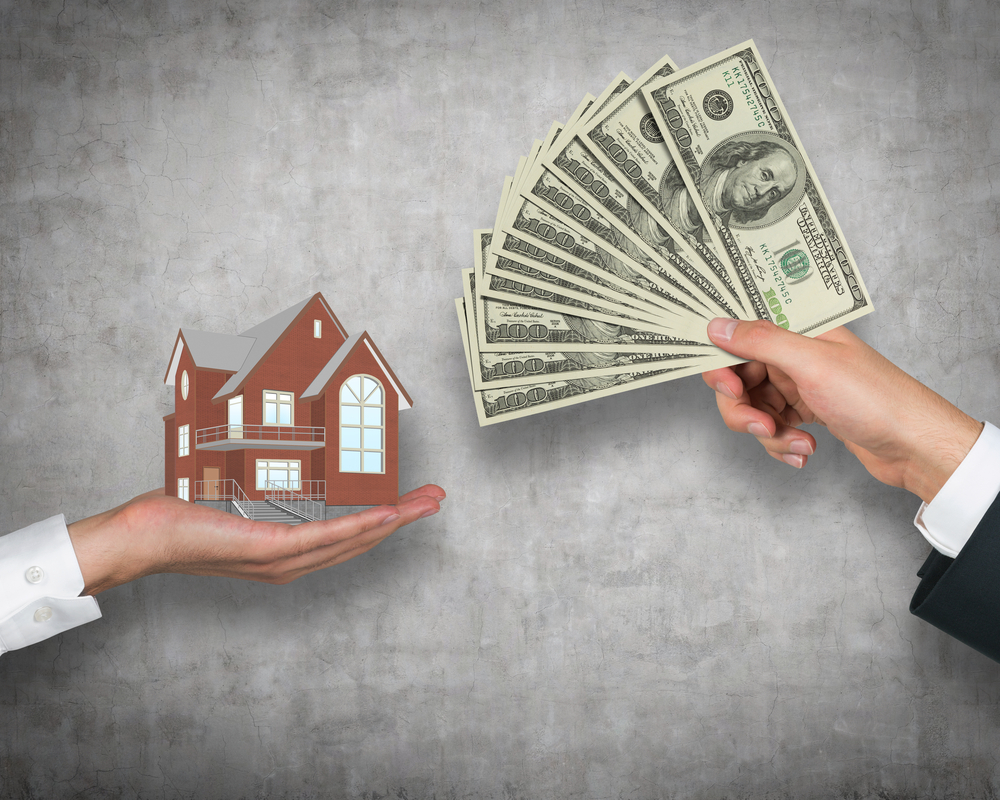If you have a house, chances are that you’ve been told it’s your most valuable asset. And it’s true that your home can have a lot of value. However, the value in your home isn’t usually very liquid. It’s hard to transform the equity you’ve built up into cash.
One of the ways that homeowners with a good deal of equity in their homes tap into that value is with the help of a cash out refinance.
What is a Cash Out Refinance?
When you refinance your home, you take out a new loan and use it to pay off your old home mortgage. You have a new loan, and it usually has a lower interest rate, or a longer term, or both.
With a cash out refinance, you don’t just get a loan for the outstanding balance on your first mortgage. Instead, you get a loan that reflects the equity you have in your home. If you owe $150,000 on your house, but it’s market appraisal says it’s worth $180,000, that means that you have $30,000 equity in your home. The bank might let you refinance your mortgage for $160,000, even though you don’t owe that much.
Now, you owe $160,000 on your home, but you only needed $150,000 to pay off the mortgage with the new loan. You get to pocket the $10,000 difference — and you can do whatever you want with the money.
Does a Cash Out Refinance Make Sense?
The biggest advantage to a cash out refinance is that it provides you with access to the value in your home. You get to tap into that value to some degree, and it’s often a source of capital that’s larger than you are likely to get elsewhere.
Another advantage is that the interest rate on a home loan is usually lower than what you would get for another type of loan, allowing you to borrow at a lower interest rate. On top of that, your mortgage interest is often tax-deductible, so you get another bit of a break not seen with most other loans.
Of course, there are downsides to a cash out refinance as well. One of the biggest cons to a cash out refinance is the fact that you are stretching out your repayment for 30 years. When most people borrow $10,000, they pay it off over the course of three to five years. Stretching it out could mean paying more in the long run. If you pay off $10,000 for 30 years at 4.25 percent, you will ultimate repay $34,856.35. Compare that to getting a five-year loan at 10 percent. Your total payoff would be $16,105.10. The tax value of the cash out refinance probably doesn’t offset that amount.
Another con to a cash out refinance is the fact that you are securing your loan with your house. That extra $10,000, when borrowed independent of your home, is unsecured. By getting it through a cash out refinance, you are suddenly putting your home at risk.
For most homeowners, a cash out refinance isn’t the best path. While it can be convenient, and it can help you out of a jam if your home is the only thing of true value that you own, the reality is that a cash out refinance often costs more than you think — and comes with other pitfalls.
Instead, consider your other options, and rethink your “need” to get the extra money from your house. Many people get a cash out refinance to pay for vacations or to consolidate debt. Usually, there are better ways to cover these costs than securing them with your home.
–LOANS101

